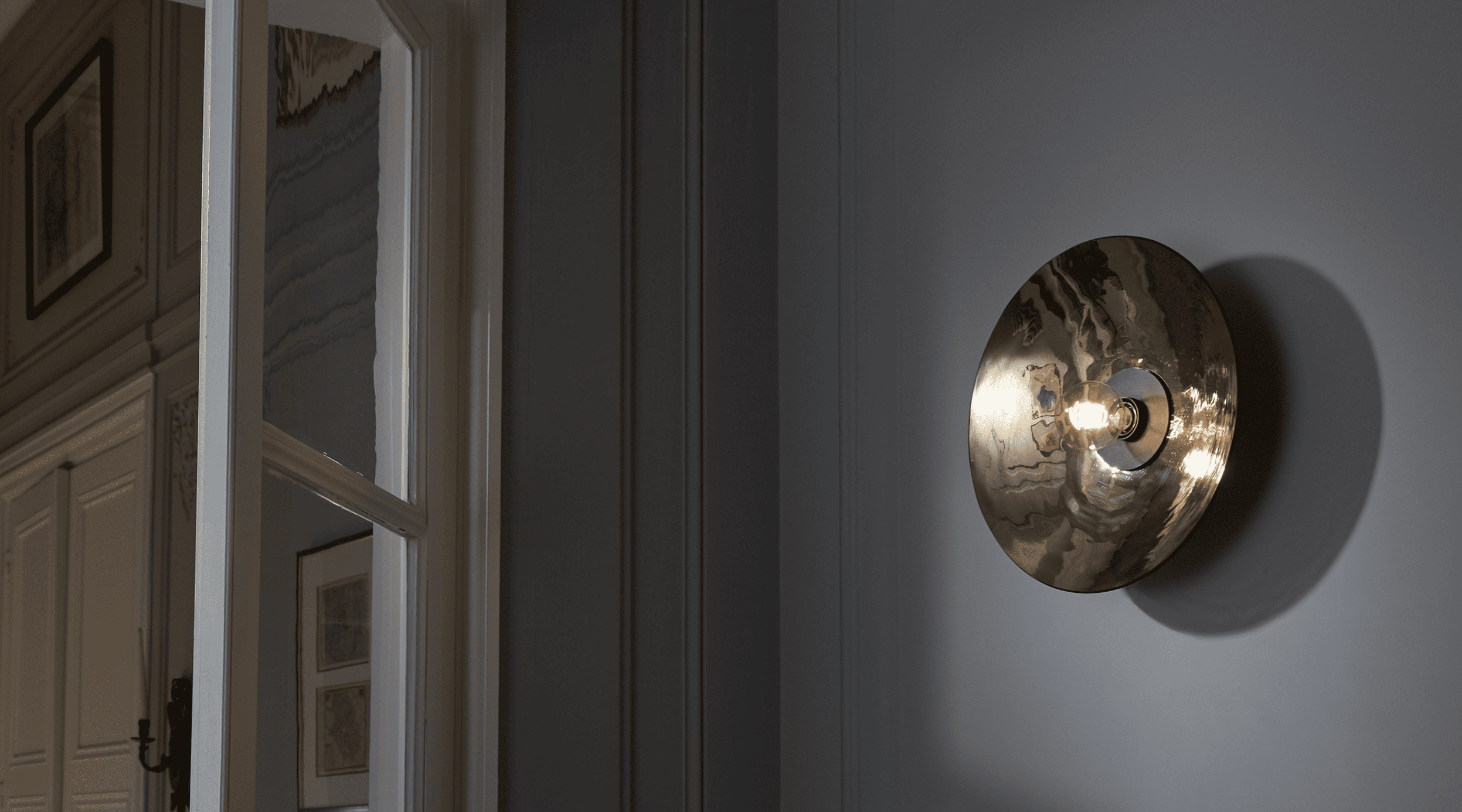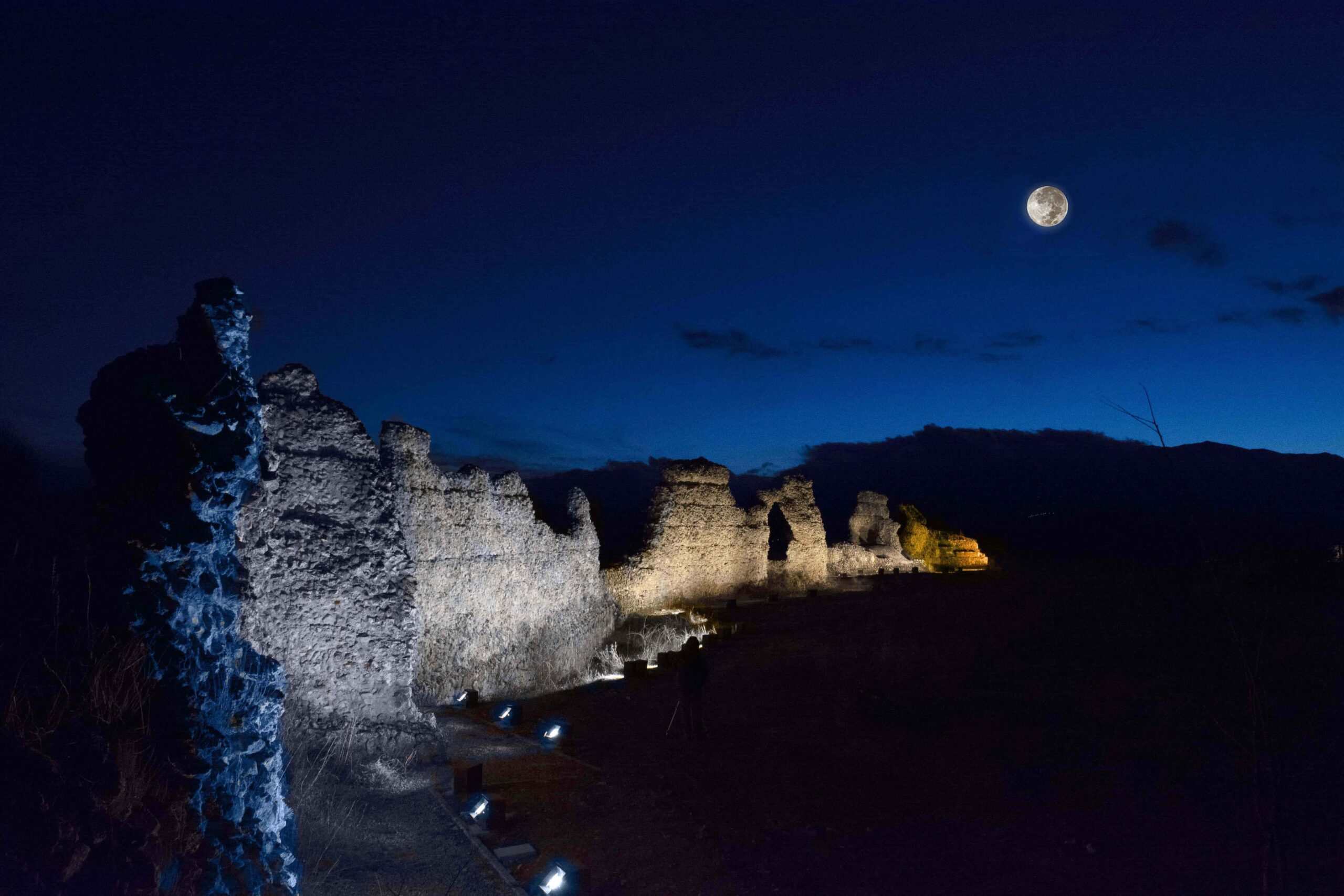Saying that Achille Castiglioni’s career has been successful is an understatement. He worked as architect, industrial designer, interior designer, exhibition designer and teacher. He designed more than 150 products, including luminaires, chairs and tables, stools and switches and worked on countless architectural projects and exhibitions. Over the span of his 50-year career, he contributed overall to more than 800 projects, taught at the Politecnico of Torino and Milano, contributed founding the ADI, the Italian Association of Industrial Design, held exhibitions of his work in the most famous museums around the world and won eight “Compasso d’Oro” awards. A big “Wow” in front of all these skills and accomplishments is in order.

Since his graduation in architecture in 1944, Achille worked symbiotically with his brother Pier Giacomo, and all the projects realized until 1968, the year of Pier Giacomo’s death, were conceived and designed in partnership with him. Most of their designs came to life transforming an ordinary everyday object into a design project. With their exceptional sensitivity and curiosity, Achille and Pier Giacomo were able to identify the unique features within an object and then to design amazing products with great attention to details and functionality first, and then to aesthetics. Looking at their portfolio, one fact is clear: their designs were never ordinary or trivial. Their main interest was analyzing the functioning of objects, how people use them and interact with them and then translating this interplay in a formal language.
“If you’re not curious, forget about it. If you are not interested in others, what they do and how they behave, then being a designer is not for you”, said Achille Castiglioni to his students during one of his lectures at the university. And again, during another class: “A good project comes not from the ambition to leave a mark, but from the willingness to establish an exchange, even a small one, with the unknown person who will use the object you design.”

Castiglioni’s approach consisted mainly in a process of subtraction: he used to review and review his designs, every time removing some elements that he found unnecessary or redundant, to get to the core idea of an object. Here’s another quite famous quote: “My method is to take out again and over again, until I will find the main design component: a minimum sign or a minimum shape required by the function. I want to get to say: less than this, I can’t do it.” The Castiglioni brothers always strove for minimalism, but not as a mere stylistic choice, a way for their “brand” to be recognized, but as the only method for optimizing the functionality of objects and making them timeless and unique. According to their philosophy, form is the result of a process aimed at ensuring the best possible functionality of an object and satisfying the needs of its users.
«Design shouldn’t be trendy. Good Design should last over time, until it wears out»
One of the fields were Achille and Pier Giacomo Castiglioni were free to experiment their creative genius is lighting. Their work focused on achieving the best lighting effect and providing light where people truly need it and this approach was the inspiration behind the design of all the luminairesdeveloped together.



Probably their most famous luminaire, Arco, designed in 1962 for Flos, was quite a revolutionary lamp at the time, because it was able to bring direct lighting from the top without any ceiling constraints and could be easily moved around the space. Despite being one of the most famous and most imitated lamps in the history of lighting design, Arco was not intended to be a decorative lamp. Each of its features, from the marble base with its rounded corners and the hole to move it, to the bending of the stem, has a precise purpose and function.
Saliscendi, designed in 1957 for Stilnovo, is an adjustable pendant lamp with double emission, providing both direct and indirect lighting. The position of the lamp can be adjusted in relation to the reflector, changing the amount of direct and indirect light according to the need.
Similarly, Parentesi, designed in 1971 for Flos, allows to change the direction and position of the
luminaire to provide light where it’s desired. The fixture has been carefully engineered to allow easy
adjustment of the light direction and to create an almost invisible support structure for the light source: the cable and counterweight system is so minimal and functional that it becomes almost invisible once the luminaire is installed.
These three luminaires are part of a much bigger collection of outstanding lighting projects, on which Achille Castiglioni, alone or in partnership with Pier Giacomo, worked during his career. His creative approach has inspired generations of designers, pushing them to nurture their curiosity about the world, to be creative but also pragmatic and, above all, to design for people.
«Start from scratch. Stick to common sense. Know your goals and means»







